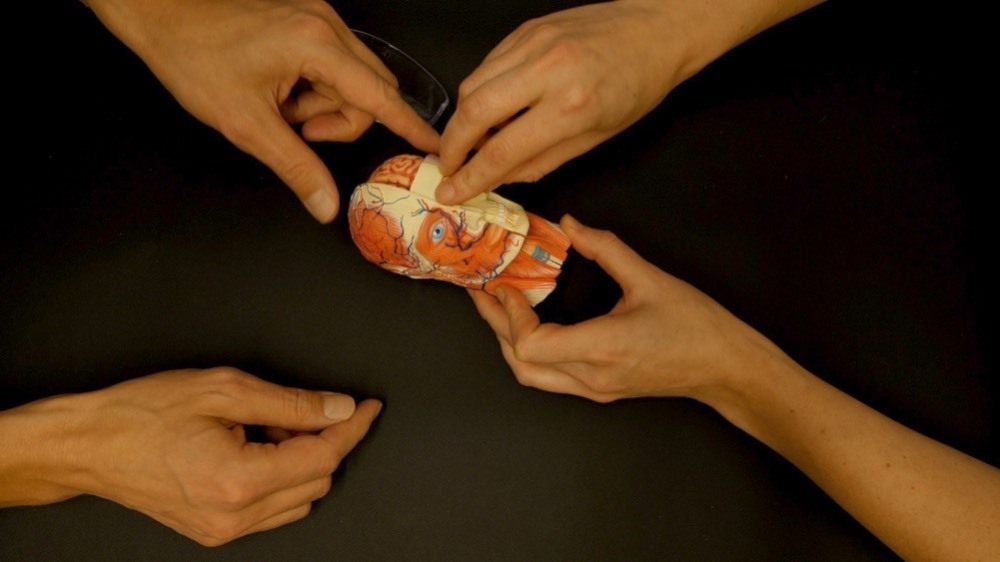In medieval times mental illness was interpreted as a sign of being possessed, during the Enlightenment exorcism was replaced by institutionalization and the insane were locked away.
Deviation from the norm was no longer seen as supernatural, but rather a defect – something that had to be controlled and regulated. With the introduction of humanism in the 19th century the institutions for mental illness evolved and the confined became patients. With this philosophical backdrop Gaustad Asyl was opened in 1855 as the first national hospital in Norway dedicated to the treatment of mental illness. Drawn by H. E. Schirmer, the architect of Botsfengslet (prison) and the National Gallery, the ambition was to build an institution where architecture and ideology made a perfect synthesis. The history of Gaustad hospital is filled with good intentions but is also composed of dreadful human experiments.
With this multifaceted history as its backdrop the film also suggests a future scenario where the psyche can become a subject of gene therapy and where the life science faculty takes the shape of a space station, Noah’s cosmic arch, a transhumanist utopia, or dystopia, depending on the eye of the beholder.
The installation is composed of the film Proofless States of Being (HD 28 min, 2020/23) and a homonymous publication. The film restarts every 30 minutes at the hour.
Ole Christian Ellestad (f.1975) is an artist educated at the Norwegian Art Academy who thematically often works with legal states of emergency. This is often expressed through experimental projects aimed at granting poetic responses to the problems; whether the threat of a totalitarian state or a mass hypnosis of the population, where we virtually must relearn and reshape our language to avoid submitting to a dangerous order. Ellestad mostly works with text, expressed through performance, podcast, video, and in writing.
Helene Sommer (f.1978, Oslo) is educated at the Norwegian Art Academy. Through exploring the established mechanisms of science, her work is concentrated on the way in which we experience and understand our surrounding and history. She is interested in the different layers of transfer, interpretations, rhetoric, and translation included in all types of narration, especially in relation to individual and collective notions of memory. Sommer works with video, text, collage, and installation. Her works have been shown in galleries, museums, and at festivals nationally and internationally. Visit her web page www.helenesommer.net for more information.




